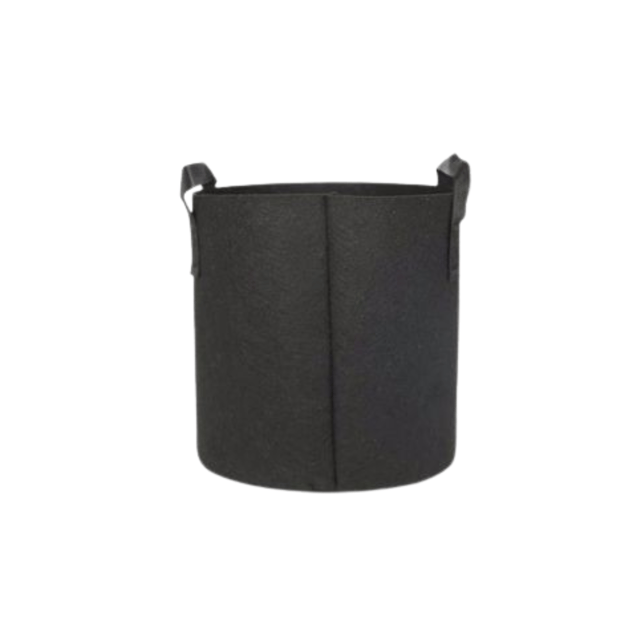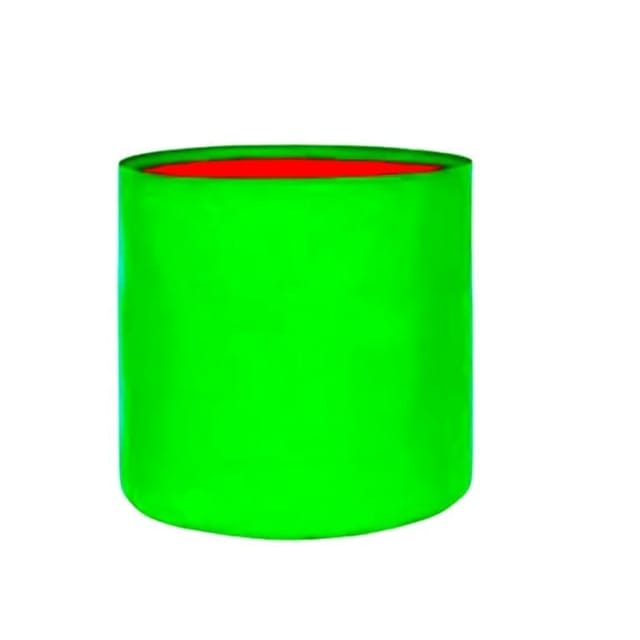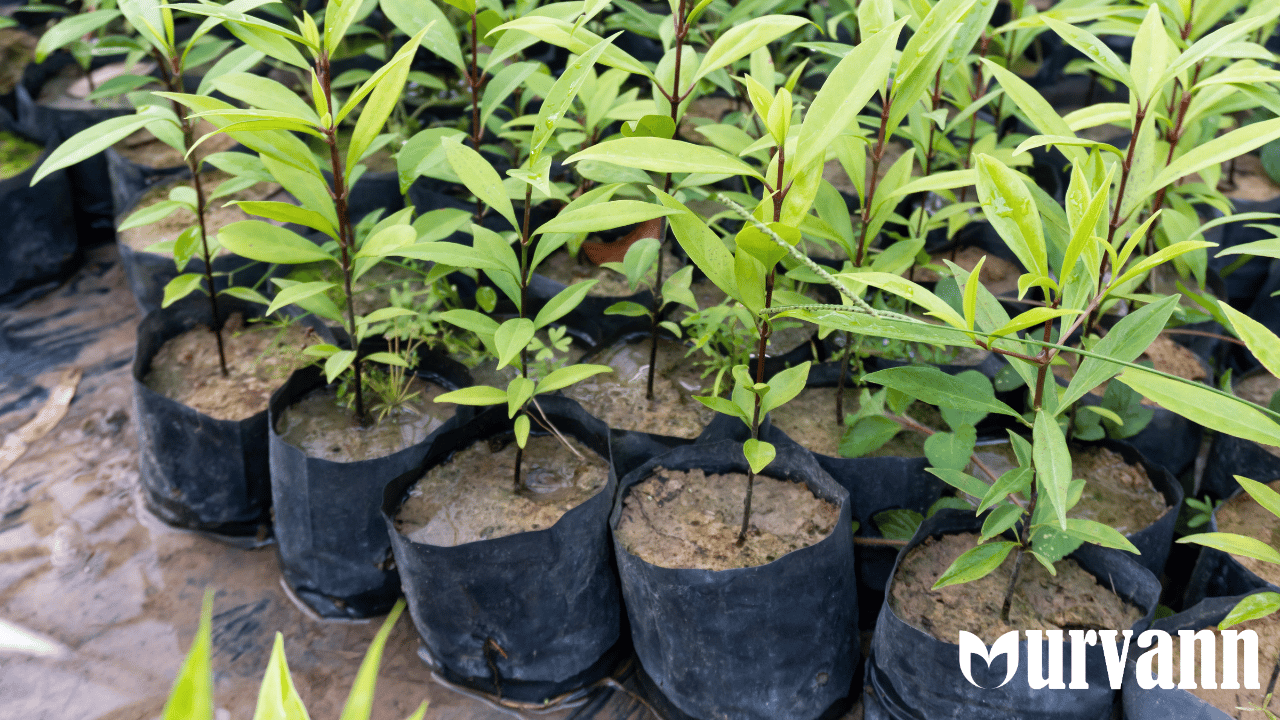Last summer, I decided to grow my own tomatoes on my cramped balcony. My grandmother’s trusty clay pots were too heavy, and small containers I borrowed from my neighbour kept tipping over in the monsoon winds. That’s when my friend Riya said, “Why don’t you try to grow bags?” I shrugged—what even are grow bags? Fast forward six months, and my balcony is now a mini-jungle of chillies, tulsi, and even a papaya sapling! If you’re tired of limited space, bad soil, or just want a fuss-free way to garden, let me show you how grow bags can be your new best friend. Read on!
What is a Grow Bag?
Let’s start simple. A grow bag is exactly what it sounds like—a bag you grow plants in. But it’s not your regular plastic shopping bag. These are sturdy, breathable bags made from fabric (like geo-cloth) or HDPE (High-Density Polythylene) bags, designed to give plant roots the perfect balance of air, water, and space.
In India, you will mostly find two types of grow bags:
- Fabric Luma Grow Bags: Made from breathable geo-textile fabric, Luma bags are my top pick for Indian weather. They’re lightweight, prevent waterlogging during monsoons, and keep roots cool in summer.

- HDPE (High-Density Polythylene) Kivo Grow Bags: Affordable and durable, Urvann’s all new Kivo bags are good for short-term crops like methi or coriander.

I’ve seen everything from onions to hibiscus flourish in these bags. The best part is that you can toss them on your terrace, hang them on a grill, or even line them along your driveway.
Benefits of Using Grow Bags
There are a myriad of benefits to using grow bags. Some of them are:
1. No More “My Soil is Too Hard/Too Sandy” Drama
If your garden soil is more like cement or dust, grow bags let you start fresh. Fill them with a mix of compost, cocopeat, and vermicompost—no tilling or digging required. My okra plants in grow bags grew twice as fast as the ones in my backyard!
2. Bye-Bye, Waterlogged Roots
Monsoon rains often turn pots into swamps. Here’s where grow bags come in! Fabric grow bags drain excess water easily, so your plants won’t drown in excess water. Plus, the breathable fabric stops roots from “suffocating” in the summer heat.
3. Perfect for Small Spaces
Live in a Bangalore apartment with a 4x4 balcony? Grow bags can line your walls, hang from rails, or sit on windowsills. I’ve even seen creative folks grow potatoes in bags stacked like pyramids!
4. Move Your Garden Easily
Harsh sunlight scorching your basil? Just drag the bag to a shadier spot. Try doing that with a 50-kg concrete planter!
How to Determine the Right Size of a Fabric Grow Bag
Picking the wrong size is like wearing shoes three sizes too small—it just won’t work. Here’s a quick cheat sheet for Indian plants:
|
Plant |
Ideal Bag Size |
Why It Works |
|
Chillies/Tomatoes |
12-15 inches deep |
Roots spread sideways |
|
Tulsi/Curry Leaf |
10-12 inches wide |
Compact root system |
|
Papaya/Banana |
24x24 inches (big!) |
Supports tall, heavy plants |
|
Spinach/Methi |
6-8 inches deep |
Shallow roots thrive |
Pro tip: For brinjal or capsicum, go for 15-inch bags. Too small, and the plants get stunted; too big, and you’ll waste soil.
Plants to Grow in 6x6 Grow Bag: Hibiscus, Veggies, Herbs, and Ixora
Don’t let the small size fool you, as 6x6-inch grow bags are amazing for your kitchen garden and flowery corners.
Here are some plants that you can grow:
Hibiscus (Gudhal)
These sun-loving shrubs burst with red, pink, or yellow blooms. Their shallow roots adapt perfectly to 6x6 bags. Just trim regularly to keep them bushy.
Quick-Harvest Veggies
Grow methi, palak, or radish—they’ll give you leaves or roots in 3-4 weeks. For chillies or cherry tomatoes, pick dwarf varieties.
Herb Corner
Tulsi, mint, and ajwain grow like weeds here. Pro tip: Snip leaves often to prevent overcrowding. Coriander works too, but replant every 3 weeks for a steady supply.
Ixora (Rugmini)
These glossy-leaved beauties with star-shaped flowers love our humidity. Keep them in morning sun and use acidic soil (mix compost + cocopeat).
Marigold/Genda
Perfect for festivals or natural pest control. Their compact roots fit snugly, and they’ll bloom nonstop with weekly banana peel fertiliser.
Plants to Grow in 12x12 Grow Bags
A 12x12 inch grow bag (approximately 30 cm x 30 cm) is a versatile size that suits a wide variety of vegetables, herbs, and flowering plants, especially for terrace or balcony gardens. Due to its moderate volume, it works best for plants with medium root systems and those that don’t require extensive space to spread roots.
Here are some ideal plants for 12x12 grow bags
Tomato
A popular choice for Indian kitchens, tomatoes thrive well in 12x12 grow bags, producing healthy fruit with proper watering and sunlight.
Brinjal (Eggplant)
Compact varieties grow well, giving good yields in limited space.
Okra (Bhindi)
Requires moderate space, and 12x12 bags provide enough room for root growth.
Beans and Peas
Climbing or bush varieties can be grown with support.
Cucumber
Smaller cucumber varieties do well with trellis support.
Radish and Beetroot
Root vegetables that don’t need deep soil but benefit from good drainage.
Cabbage and Cauliflower
Smaller seedlings can be started here before transplanting or grown fully if space permits.
Capsicum (Bell Peppers)
Compact plants that produce well in grow bags.
Herbs like Mint, Tulsi (Holy Basil), and Ginger
These herbs grow vigorously and benefit from the aeration of fabric bags.
Aloe Vera
A hardy succulent that thrives in well-drained grow bags.
These plants are well suited to the 12x12 grow bag because the size provides enough soil volume for healthy root development and moisture retention, while still being manageable for balcony or kitchen gardening.
Plants to Grow in 24x24 Grow Bags
A 24x24 inch grow bag (around 60 cm x 60 cm) offers significantly more space and soil volume, making it suitable for larger plants or those with more extensive root systems. This size is excellent for growing small trees, shrubs, or plants that produce bigger fruits or vegetables, especially in terrace gardens or patios with ample space.
Ideal plants for 24x24 grow bags include:
Drumstick (Moringa)
A fast-growing tree that can be grown in large grow bags before transplanting or kept container-grown for leaf and pod harvest.
Areca Palm
Beautiful leafy greens that serve as perfect indoor plants.
Lemon or Lime Trees
These citrus trees do well in larger grow bags, providing fresh lemons for Indian cooking.
Papaya
Compact papaya plants can be grown in large grow bags, producing sweet fruit in the growing season.
Large Brinjal Varieties
Bigger eggplants need more soil volume for optimal growth.
Sweet Potato
Requires deep soil for tuber development, making 24x24 bags ideal.
Ginger and Turmeric
These rhizomes grow better with more soil depth and volume.
Large Gourds (Bottle Gourd, Bitter Gourd)
With trellis support, these sprawling plants can flourish healthily.
Small Mango or Guava Seedlings
Young fruit trees can be nurtured in large grow bags before planting in the ground.
Tips for Using Fabric Grow Bags Effectively
Wondering how to make the best use of your grow bags from Urvann? Here are some tips:
1. Watering Without the Guesswork
Fabric bags dry out faster than plastic, especially in Delhi summers. Water deeply every morning, but skip the evening, since damp soil overnight invites fungi. Stick your finger 2 inches into the soil. If you find out that it has dried up, water the plant.
2. Soil Mix
Skip garden soil as it turns into a brick in grow bags. Mix equal parts compost, cocopeat, and river sand for drainage. Moreover, add neem cake powder to keep pests away.
3. Keep Them Off the Ground
Place bags on bricks or wooden planks, as this improves airflow and stops ants from moving in.
4. Monsoon Prep
During heavy rains, tilt bags slightly to avoid water pooling. Add a layer of dry leaves on top to prevent soil erosion.
Creative Uses for Fabric Grow Bags
Did you know that you can get creative with our grow bags? That’s right- here are some fun things you can do with them to beautify your garden space.
1. Vertical Herb Wall
Nail 6-8 small grow bags to a wooden board. Plant pudina, ajwain, and thym. Now that’s an instant kitchen garden!
2. “Grow and Go” Gift Bags
Plant marigolds or lemongrass in colourful bags. Perfect for Diwali gifts instead of sweets that last for a long time!
3. Seasonal Veggie Rotation
In winter, grow palak. In summers, switch to karela. Empty the bag, refresh the soil, and replant.
4. Balcony Privacy Screen
Arrange tall grow bags with hibiscus or snake plants between them.
How Urvann’s Grow Bags Help in Maximising Garden Space
Most Indian cities have tiny balconies or terraces, but fret not, plant lovers! Here’s how I fit 32 plants even in a small space:
- Stack Them: Use shelves to layer bags. Strawberries on top, aloe vera below.
- Hang Them: Secure bags to railings with jute ropes or hooks for a beautiful balcony makeover.
- Corner Fit: Tuck bags into balcony corners to make your outdoor space Pinterest-worthy and cozy.
My friend in Hyderabad grows papayas in 24-inch bags on her terrace—no garden bed needed!
Ready to Start?
If you’re hunting for sturdy, affordable grow bags, check out Urvann—India’s first online plant nursery that’s won over plant parents in Noida, Gurgaon, Bangalore, and beyond. Our fabric bags survive brutal summers, and the 24x24-inch size is perfect for curry leaf or drumstick trees. What’s more, we deliver all over Delhi NCR and Bangalore!
FAQs About Grow Bags
1. How to use grow bags for plants for beginners?
Start with a 10-inch fabric bag, mint saplings, and well-draining soil. Water daily, keep in partial sun.
2. What is the use of grow bags?
To grow plants anywhere—no garden needed! Great for veggies, flowers, or even small fruit trees.
3. What do you put in the bottom of a grow bag?
A handful of broken clay pot pieces or pebbles. Improves drainage and stops soil from escaping.
4. Do grow bags leak water?
Fabric bags let excess water seep out gently. Place a tray underneath if you’re worried about stains.


